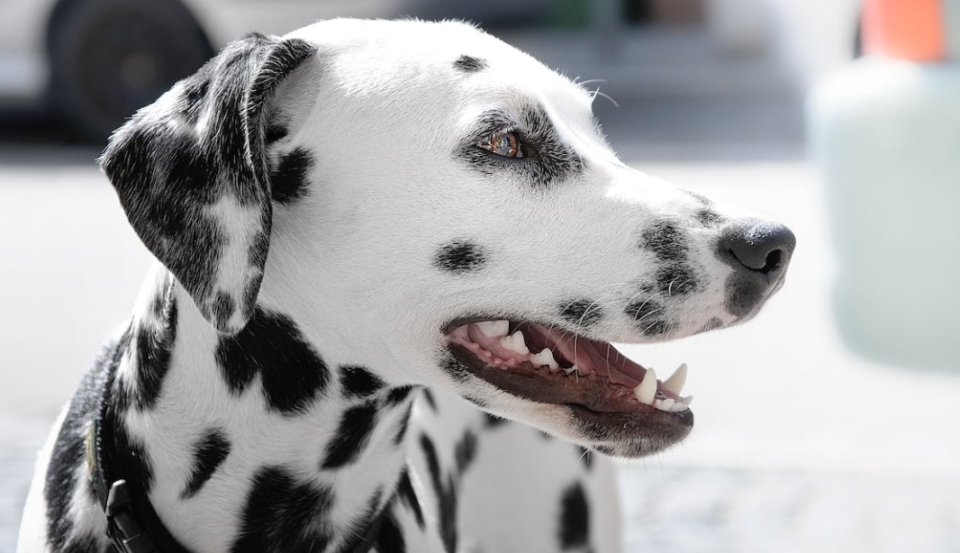
Dental health is essential to your pet’s overall health, and dental issues can cause or be caused by other health issues. Your veterinarian should examine your pet’s teeth and gums at least once a year to detect early signs of a problem and maintain your pet’s oral health.
Dental illness is quite prevalent among pets, particularly dogs. It is estimated that nearly 80% of canines older than three suffer from dental disease. When plaque below the gum line hardens into tartar and becomes corrosive and contagious to tissue and the jawbone, dental problems arise in pets. In addition to foul breath and tooth loss, periodontal disease, often known as gum disease, can result in kidney, liver, and heart damage.
It is crucial to be informed of the causes of dental health problems in pets and to be able to recognize the symptoms of periodontal disease, which include:
Avoiding routine dental treatment for dogs and cats can result in many of the same oral health issues that affect humans, such as:
Veterinary dentistry encompasses all elements of oral health care, including the cleaning, adjustment, filing, extraction, and restoration of your pet’s teeth. These treatments should be carried out by a veterinarian or a veterinary dentist with board certification. Under the supervision of a veterinarian and subject to state or provincial regulation, veterinary technicians are permitted to perform certain dental treatments.
The procedure begins with a veterinary oral examination of your pet’s mouth. Below the gumline, radiographs (x-rays) may be required to check the health of the jaw and tooth roots. Because most dental disease occurs below the gum line, where it is not visible, thorough dental cleaning and assessment are performed under anaesthetic. Scaling (to remove dental plaque and tartar) and polishing are included in dental cleaning, just as in your regular dental cleanings.
Your veterinarian should examine your pet’s teeth at least once a year for early warning signs of a problem and to maintain oral health. Immediately have your pet’s teeth discussed if you see any of the following issues:
Some pets become agitated when they have dental issues, and any behavioral changes should prompt a trip to the veterinarian. Always exercise caution when examining your pet’s mouth, as an animal in agony may bite.
Although pets are less likely to get cavities than humans, they are susceptible to many of the same dental problems:
Periodontal disease is the most prevalent dental problem in dogs and cats; by the time your pet is three years old, it will likely have some early signs of periodontal disease, which will progress as your pet ages if you do not take effective preventive measures. Advanced periodontal disease can cause severe issues and pain for your pet, making early detection and treatment essential. Periodontal disease affects more than just the mouth of your pet. Alterations in the kidney, liver, and heart muscle have also been associated with periodontal disease.
Plaque eventually transforms into tartar. Plaque and tartar below the gum line can cause infection and damage to the jawbone and tissues that connect the tooth to the jawbone. Tartar above the gumline can typically be removed easily. Periodontal disease is categorized from 0 (normal) to 4 (severe).
Periodontal disease is treated with a thorough dental cleaning and sometimes x-rays to establish the disease’s severity. Your veterinarian or a board-certified veterinary dentist will offer recommendations and provide you with options based on your pet’s overall health and the condition of its teeth.
When you visit the dentist, you know that the procedures are intended to keep your mouth healthy. Your dentist employs ways to reduce pain and suffering and can inquire about your state of mind so you accept the operations and do your best to remain still. Your pet does not comprehend the value of dental procedures and reacts by shifting, attempting to flee, or even biting.
Anesthesia makes it possible to undertake dental operations on your pet with less anxiety and discomfort. In addition, anaesthetic permits a more thorough cleaning because your pet cannot move around and risk being injured by the dental tools. If radiographs (x-rays) are necessary, your pet must remain very motionless for excellent images to be obtained, which is unlikely without strong sedation or anesthetic.
Although there will always be hazards associated with anesthesia, it is safer than ever. It continues to develop to the point where the risks are extremely low and greatly surpassed by the benefits. Most animals can return home on the same day as their surgery, although they may appear a little tired for the remainder of the day.
The best way to prevent pet dental health problems is to have them see your vet for teeth cleaning regularly. Even if the only dental work your pet needs may be a tooth or two pulled, remember that preventing those problems is always better than treating them.
If you need more information about your pet’s dental health, let us know. Your Innova veterinary team will help you and your furry friend. Schedule an appointment today to speak to our veterinarian.

